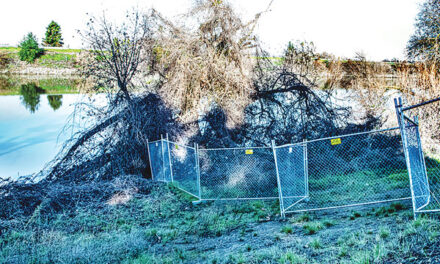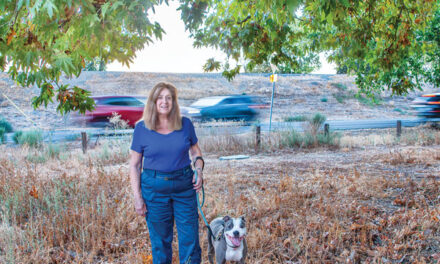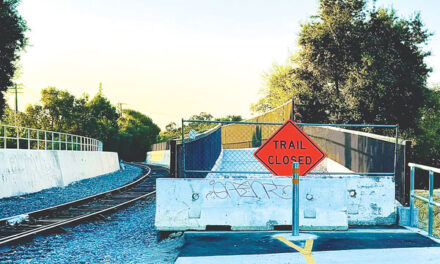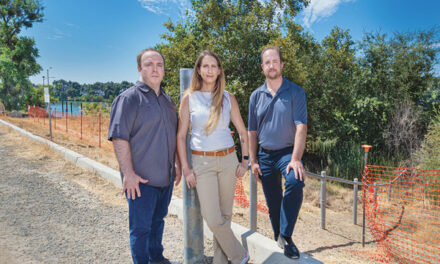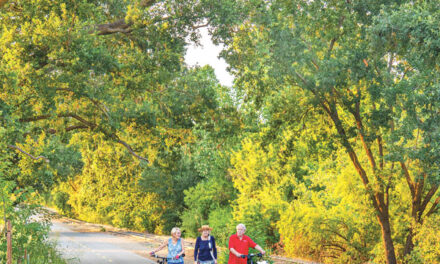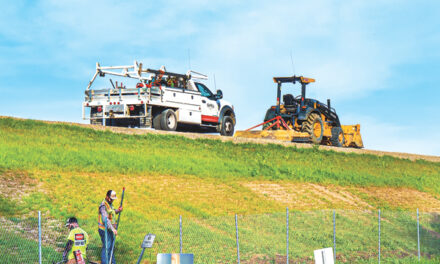After a hiatus due to COVID-19, rideshare electric scooters are back on Sacramento streets. They are a relatively new transportation option, around in the U.S. since 2017. Just about everyone who rides a scooter knows how much fun it is.
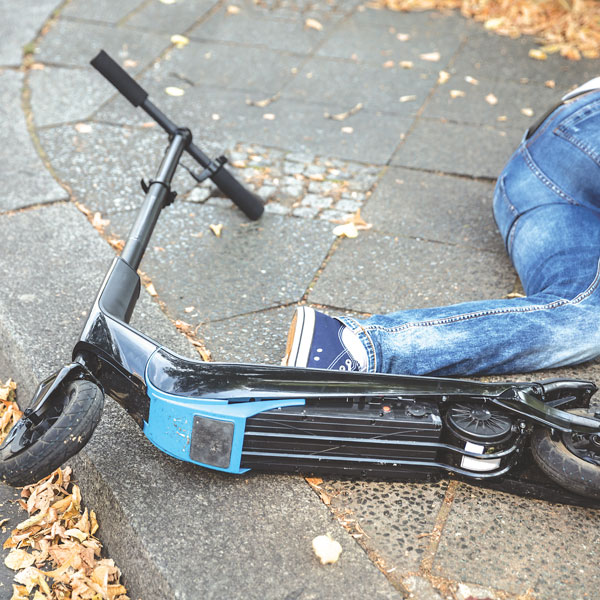
Unfortunately, there’s growing evidence that e-scooters also pose danger. As shared e-scooters have proliferated in cities, scooter trips and injuries have surged. Injuries nearly doubled between 2018 and 2019.
When people focus on the potential fun of toy-like e-scooters, they may underestimate their speed and danger. Getting hurt is not fun and scooter injuries aren’t just trivial scrapes and bruises. Several studies have shown that from about 30 to 50 percent are head and neck injuries. Evidence indicates about half of the head injuries result in brain trauma. Broken bones and hospital admissions, sometimes to intensive-care units, are not uncommon.
The dangers from e-scooters stem from three sources: the rider, the machine and the environment.
It’s quite clear the first ride on an e-scooter is by far the most dangerous. On my initial ride I discovered, to my considerable consternation, that when I reached a red light I wasn’t really sure how to stop. I was able to hop off, but my lack of familiarity with the simple brake lever was a problem. New riders should take time to identify the controls and practice handling in a safe setting.
Besides having different levels of experience, riders can vary wildly in skills, knowledge, judgment and balance. Risks for the elderly, because of loss of dexterity and balance and slower reaction times, can be higher.
Carrying something on a scooter, whether on the handlebars or slung over your shoulder, may throw you off kilter. Riding double on a device that can barely accommodate one is not wise. Standing upright and riding stiff-legged instead of with knees bent makes absorbing and managing the inevitable bumps in the road difficult. Very few scooter riders wear helmets. And I’ve never seen a scooter rider sport kneepads or other protective gear, a recommendation of some ER doctors. Riding a scooter while under the influence of drugs or alcohol might be safer than driving, but it’s a foolhardy practice and a frequent cause of crashes.
The small wheels on scooters are a fundamental problem. Low curbs or small potholes that large bicycle tires handle with ease can stop a scooter cold. When that happens, the unlucky riders tend to keep on going, to their dismay and detriment.
Scooters don’t have rearview mirrors or turn indicators, making riders less in touch with their surroundings. Taking a hand off the handlebars, where the throttle is, to signal a turn is a lot more destabilizing on a scooter than a bike.
Nighttime operation can be problematic. Scooter taillights are only a few inches from the ground, making them difficult for motorists to see. Since scooter use is often spontaneous, riders don’t necessarily think about having reflective gear to make them more visible after dark.
In most places, including Sacramento, e-scooters are banned from sidewalks and must operate in the street. Instead of endangering soft, slow pedestrians, scooter riders feel endangered themselves by heavy, hard and fast vehicles on pavement that may not be in the best condition.
Bike lanes and neighborhood streets provide some refuge from cars and trucks, but low traffic or traffic-free cycling infrastructure is often spotty. Because of that, scooter riders sometimes choose to retreat to the sidewalk despite the law—or because they don’t know the law.
When more people ride electric scooters, electric bikes, pedal bikes and walk, it makes roads safer by reducing car trips. Cars are the most dangerous form of transportation, especially to vulnerable sidewalk and road users outside of cars. Scooters are a good form of physically distanced transportation. Operators Bird, Spin and Lime (owner of JUMP bikes and scooters) sanitize scooters multiple times a day and encourage riders to use sanitizing wipes and hand sanitizers.
If you decide to scoot, have fun and be safe. There’s a bit more to think about than you might imagine.
Walt Seifert is executive director of Sacramento Trailnet, an organization devoted to promoting greenways with paved trails. He can be reached at bikeguy@surewest.net. Follow us on Facebook, Twitter and Instagram: @insidesacramento.





